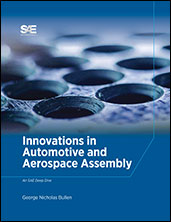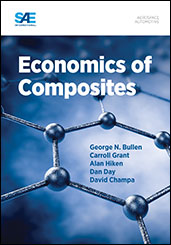Journal Article
Advanced Materials for Aerospace and Space Applications
2014-09-16
2014-01-2233
Constant swirls of innovative ideas are starting to push composites and hybrid metal-composite components for use in an ever expanding circle of products. Recent discoveries of Graphene/Au composites have invigorated innovations for its application to aerospace and space products. Attributes such as a low CTE, stiffness, and light weight attract other manufacturers of smaller products to use composites for enhanced performance and durability. The uses and economics of composites is an enormously broad subject. Examples of composite materials will be described in this paper to provide samples of applications selected for their far reaching potential to enhance product performance. Examples will also be presented to explain the application of carbon based composites where the product performance or application would not be possible without special materials.


